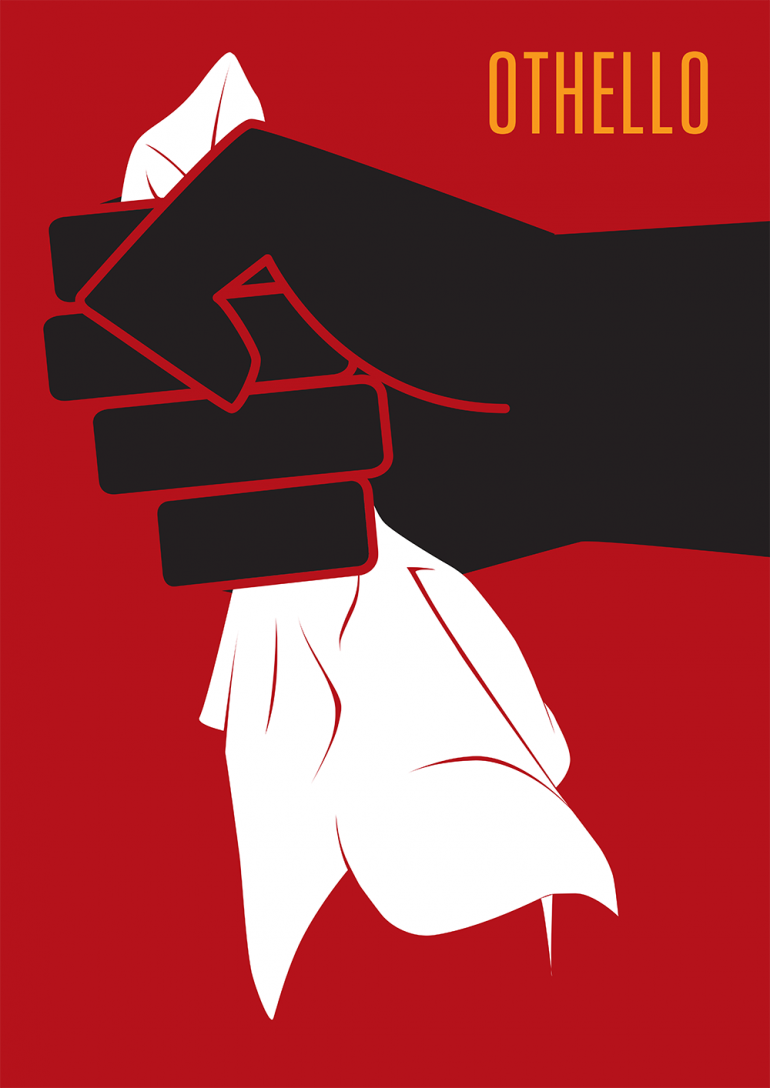Othello Study Guide Teachers Copy
Shakespeare's father was a glove-maker, and Shakespeare received no more than a grammar school education. He married Anne Hathaway in 1582, but left his family behind around 1590 and moved to London, where he became an actor and playwright. He was an immediate success: Shakespeare soon became the most popular playwright of the day as well as a part-owner of the Globe Theater. His theater troupe was adopted by King James as the King's Men in 1603. Shakespeare retired as a rich and prominent man to Stratford-upon-Avon in 1613, and died three years later. From the eleventh to the fifteenth century, Catholics battled to re-conquer Spain from the Islamic Arabs and Berbers, or Moors, who had successfully occupied it since the 900s. The struggle inspired intense prejudice and suspicion that lasted well after the Moors were overthrown.
Philip III of Spain expelled 300,000 'Moriscos' from the Iberian (Spanish) peninsula not long after Shakespeare finished Othello, in 1609. In England during Shakespeare's time, views regarding 'Moors' were slightly more complex because of strong anti-Catholic sentiment in England and English fears of invasion by the Spanish. In fact, England maintained independent trade relationships with 'Moorish' Northern Africa, despite Spanish and Portuguese protest. The English slave trade also brought blacks to Europe, from mid-sixteenth century onward. Queen Elizabeth herself founded The Barbary Company, formally institutionalizing this trade; in addition, she received a delegation of Moroccan diplomats in 1600. However, the English still felt a strong suspicion of Islam: Elizabeth issued a degree expelling Moors from Africa and Spanish 'Moriscos' from the boundary of England in 1599 and 1601. Shakespeare's primary source for Othello was Un capitano moro ('A Moorish Captain'), one of one hundred short stories in the collection Gli Hecatommithi, published by the Italian, Cinthio.
Othello Study Guide Pdf

Cinthio's story provides the backbone for Shakespeare's plot, although Shakespeare introduces some minor new characters (such as Brabantio and Roderigo) and other alterations—for instance, in Cinthio's version, Iago's motive for revenge against Othello is that he formerly loved and was rejected by Desdemona. There are also similarities between Othello, 'A Moorish Captain,' and a story by the name of 'The Three Apples' narrated by Scheherezade in the Thousand and One Nights. Moor or less?
Although the Autodesk 3ds Max software has a robust 2D and 3D modeling system. Is set as Manual. Autodesk 3ds Max 2017. This Service Pack contains recent fixes for Autodesk® 3ds Max 2017 software. It is strongly recommended that you read the readme document before installing the software. Thank you for downloading Autodesk ® 3ds Max ® 2017. This readme contains recent information regarding the installation and use of Autodesk 3ds Max 2017. Manual 3ds max 2017 pdf.
In Elizabethan England, the term 'Moor' could be used to refer to a wide range of non-European persons, including black Africans, North Africans, Arabs, and even Indians. References to Othello's origins throughout the play are contradictory and ambiguous Iago calls Othello a 'Barbary horse' (1.1.110); Barbary was an area in Africa between Egypt and the Atlantic Ocean.
Roderigo, however, calls him 'thick-lips' (1.1.65-6), suggesting that he may come from further south on the African continent. Brabantio calls him 'sooty' (1.2.70); Othello, along with numerous other characters, refers to himself as 'black.' It is impossible to know now exactly what Shakespeare or his audience would have thought a 'Moor' is.